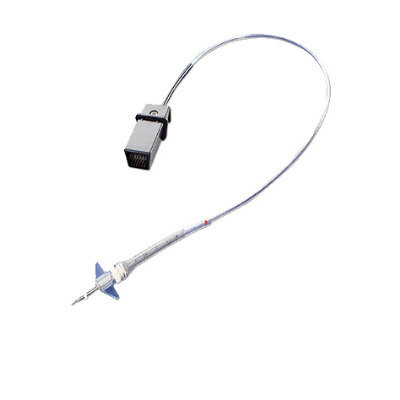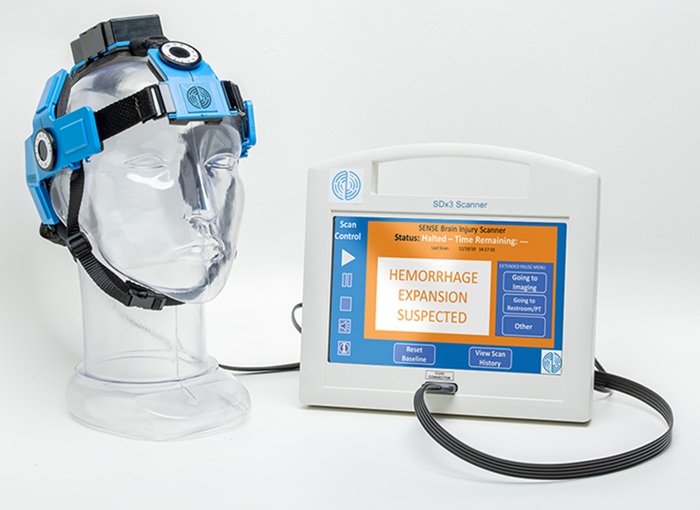WHO Publishes First Global Guidelines to Reduce Bloodstream Infections from Catheter Use
Posted on 27 May 2024
Up to 70% of all inpatients require a catheter, specifically a peripherally inserted catheter (PIVC), at some point during their hospital stay. Patients who receive treatments via catheters are particularly vulnerable to infections due to potential serious illnesses or compromised immune systems. Infections can arise from poor practices in the insertion, maintenance, and removal of these catheters, leading to severe outcomes like sepsis and complications in vital organs such as the brain and kidneys. Infections can also occur at the catheter’s insertion site.
The World Health Organization (WHO, Geneva, Switzerland) has released the first-ever global guidelines aimed at preventing bloodstream and other infections associated with catheters placed in minor blood vessels during medical procedures. From 2000 to 2018, WHO reports show that the average mortality rate among patients who suffered from healthcare-associated sepsis was 24.4%, which rose to 52.3% among those in intensive care units. A significant number of these infections are linked to bacteria resistant to antibiotics. It is estimated that bacterial antimicrobial resistance (AMR) directly caused at least 1.27 million deaths and was associated with an additional 4.95 million deaths in 2019. Addressing the spread of such infections is a critical focus for WHO.

The newly issued guidelines comprise 14 good practice statements and 23 recommendations that focus on essential practices for health workers. These include education and training, techniques for asepsis, hand hygiene, procedures for the insertion, maintenance, access, and removal of catheters, and criteria for catheter selection. WHO is committed to collaborating with countries to adopt and promote these best practices to diminish the incidence of bloodstream infections in hospital settings and ensure that all patients receive care that is both safe and effective.
Related Links:
WHO














